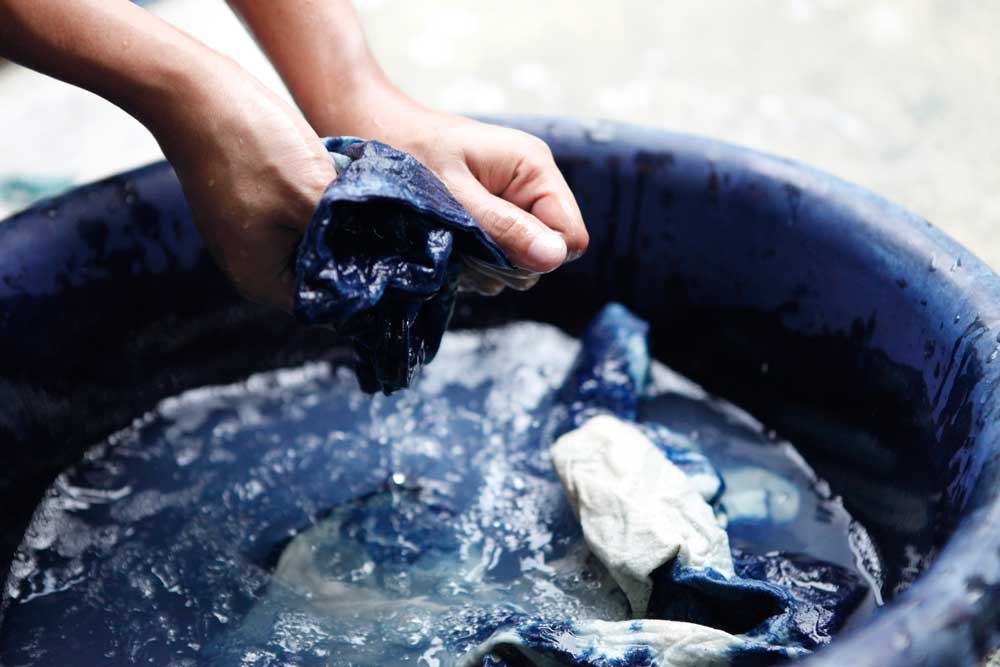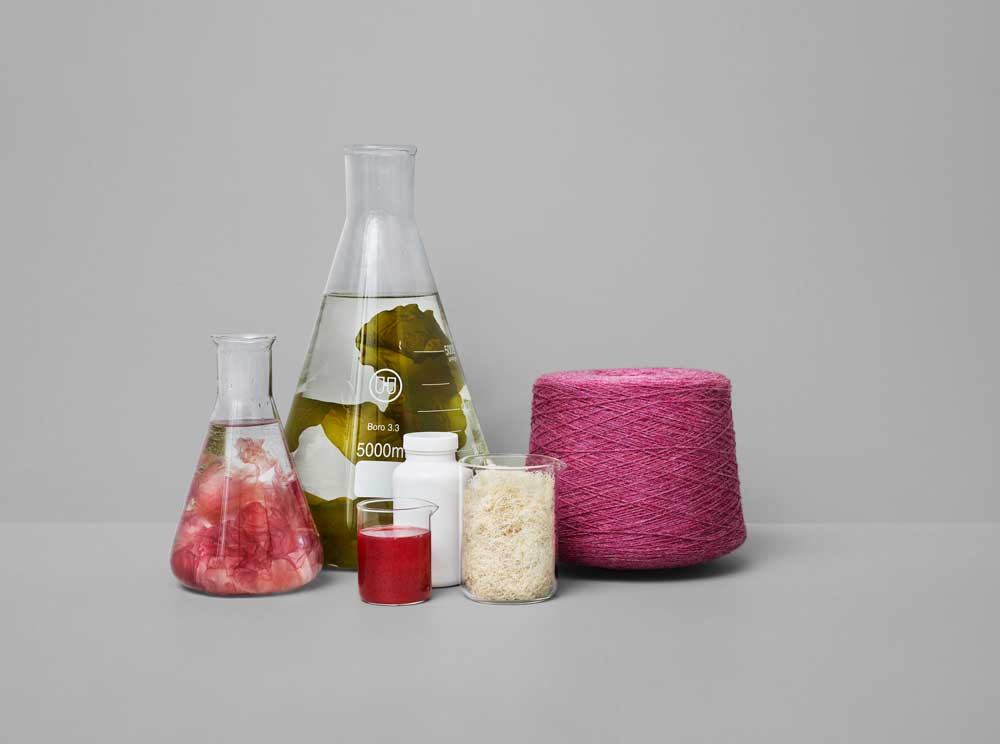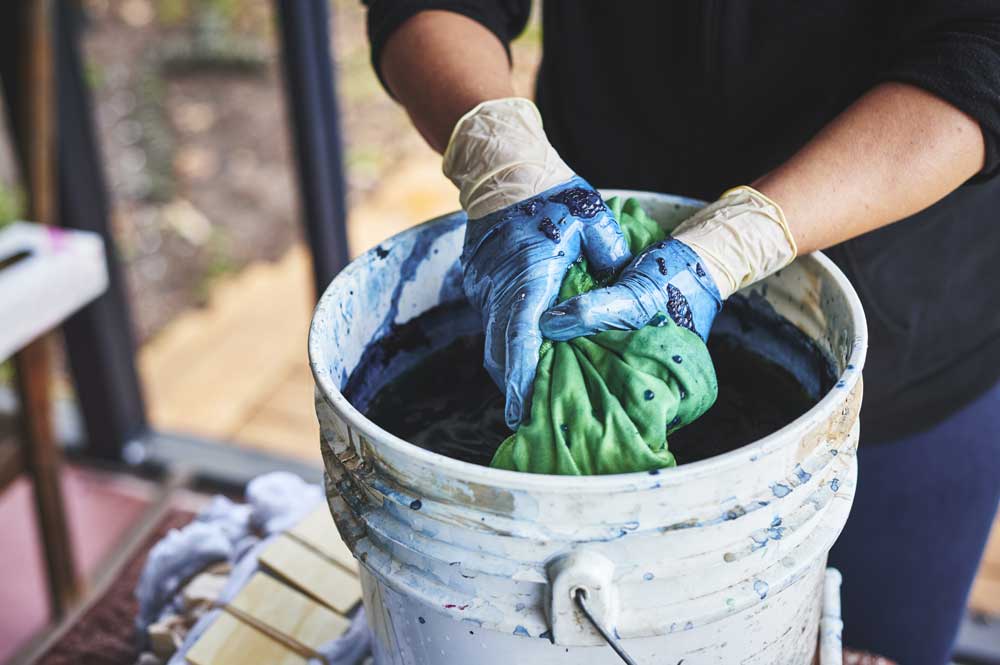Colour is the heartbeat of fashion, communicating emotion, culture, and identity. Yet, as the industry pivots towards sustainability, the vibrant hues that define fashion collections are undergoing a transformation. The dyeing process, responsible for a significant environmental footprint, is now a focal point in the quest for eco-friendly innovation. This article explores the evolving landscape of sustainable dyeing methods, comparing natural and synthetic dyes and spotlighting the breakthroughs reshaping fashion.
The Role of Colour in Fashion and Sustainability
Colour is more than aesthetic; it’s an essential storytelling tool in fashion. However, achieving those vivid reds or subtle pastels often comes at an environmental cost. Traditional dyeing processes consume vast amounts of water, release harmful chemicals, and contribute to pollution. As conscious consumers demand greener practices, brands are rethinking how colour can be achieved sustainably without compromising vibrancy or durability.
Natural Dyes: Origins, Benefits, and Limitations

Image used for representational purposes only.
Origins and Benefits:
Natural dyes have been used for centuries, derived from plant materials like indigo leaves, turmeric roots, and madder, or animal sources like cochineal insects. These dyes are biodegradable and non-toxic, offering a safer alternative to their synthetic counterparts. Natural dyeing also supports artisanal traditions, promoting cultural heritage and rural economies.
Limitations:
Despite their eco-friendly appeal, natural dyes have limitations. They often require extensive land and resources to cultivate dye-yielding plants, potentially competing with food crops. Additionally, natural dyes may lack consistency in colour output, fade faster, and involve mordants (fixing agents) that can sometimes be harmful if not used responsibly.
Synthetic Dyes: Environmental Concerns and Advancements

Image used for representational purposes only.
Environmental Concerns:
Synthetic dyes, developed in the 19th century, revolutionised fashion by offering a vast palette of colours at scale. However, their production is heavily reliant on petrochemicals, generating toxic wastewater and contributing to microplastic pollution. The dyeing process—particularly in fast fashion—is one of the leading industrial polluters, second only to agriculture.
Advancements:
In response to criticism, the industry is exploring less harmful synthetic options. Low-impact and azo-free dyes reduce toxicity, while closed-loop dyeing systems recycle water and minimise waste. Brands are also experimenting with waterless dyeing technologies, such as CO2-based systems, to significantly cut water usage.
Innovations: Hybrid Dyeing Methods and Bio-Engineered Solutions

Image used for representational purposes only.
Innovation is bridging the gap between natural and synthetic dyes. Hybrid methods combine the best of both worlds, using synthetic dyes in environmentally controlled processes that mimic natural dye’s biodegradable properties.
Bioengineering is another game-changer. Researchers are developing dyes from microorganisms like bacteria, algae, and fungi, which produce pigments through fermentation. For instance, pigments derived from genetically modified bacteria can replicate vibrant colours without the ecological burden of traditional dyeing. Another promising avenue is lab-grown indigo, which eliminates the need for water-intensive indigo plant farming.
Impact on Sustainable Fashion Choices

Image used for representational purposes only.
Sustainable dyeing is no longer just a niche; it’s influencing mainstream fashion. From small-scale artisan brands championing natural dyes to global powerhouses investing in bio-engineered pigments, the shift is evident. Choosing sustainably dyed garments empowers consumers to reduce their fashion footprint. Moreover, supporting these innovations encourages continued investment in greener technologies.
The science of colour in sustainable fashion is as much about preserving the planet as it is about creativity. Whether through the earthy tones of natural dyes, the practicality of improved synthetic methods, or the futuristic allure of bio-engineered pigments, the journey to sustainable colour is vibrant and promising. By embracing these advancements, the fashion industry can paint a greener, more responsible future.